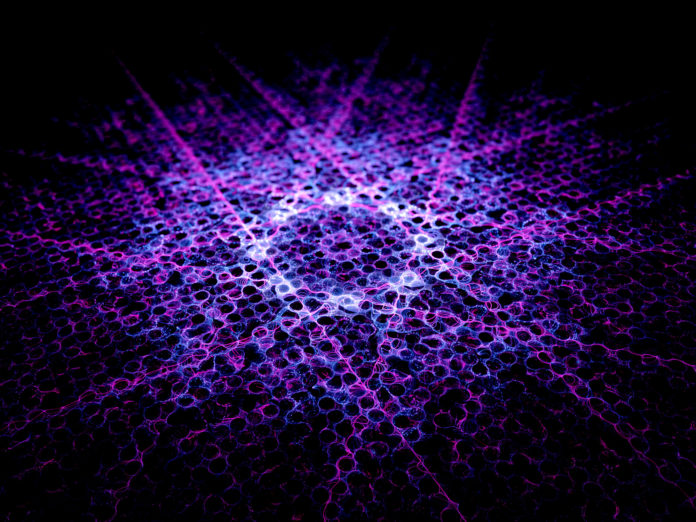Quite possibly, if researchers over at the National Institute of Standards and Technology (NIST) have anything to do with it. By simulating the trapping of ions in graphene while floating in a saline solution, the team has demonstrated how computational operations can be carried out. Using this same method, the researchers are confident it could be used in other applications such as energy storage, water filtration, or sensor technology.
Scientists have long considered the possibility of using some kind of liquid medium for computing and various methods have been proposed. But this particular approach is more advantageous as would need very little material in which to work and its soft components could easily mold to custom shapes find within the body. The NIST team’s approach is also much simpler than earlier proposals.
“Previous devices were much more elaborate and complex,” says NIST theorist Alex Smolyanitsky. “What this ion-trapping approach achieves is conceptual simplicity. In addition, the same exact device can act as both a transistor and a memory device — all you have to do is switch the input and output. This is a feature that comes directly from ion trapping.”
The simulations created by the NIST team focused on using a small sheet of graphene 5.5 x 6.4 nanometers (nm) in size with a minimum of one small hole that’s lined with oxygen atoms. In the simulations, the graphene was submerged in a solution of potassium chloride and water. As a result, the pores of the graphene sheet trapped the positively charged potassium ions.
The researchers found that by trapping a single potassium ion in each pore, prevented any extra loose ions penetrating through the graphene. They also found that this trapping and penetrating activity can be altered by applying varying voltage levels across the membrane creating logic operations with 0s 1s in the process.
Ions that are trapped in pores create a kind of electrical barrier around the membrane. Very close by, this electric field gives the ion the energy boost it needs to pass through, which is around 30 millivolts (mV). The membrane effectively turns off any penetration when voltages of less than 150 mV are applied across the membrane. When voltages of 300 mV or more are applied, membrane penetration is switched on. The more the voltage increases, the more likely it is that trapped ions will become lost due to the weakened electrical barrier.
The NIST simulations also revealed that the trapping of ions depends on the voltage that’s applied across the graphene sheet. When salt concentrations are low, the conductivity of the membrane coincides with that of low trapped ion occupancy and when salt concentrations are high, the membrane coincides with that of a high trapped ion occupancy. If a low voltage (denoted as 0) is applied with the corresponding level of salt, the pores of the membrane are filled up with trapped ions and it’s almost nonconductive. When a high voltage (denoted as 1) is applied fewer ions are trapped and the membrane becomes highly conductive.
Even the slightest variation in voltage applied to the membrane results in a fairly big change in either the charge or current of the membrane, suggesting that it may be possible to carry out sensitive switching. As a result, this would create somewhere to store information and help transistors carry out complex logic operations in the world of nanofluidic computing.

